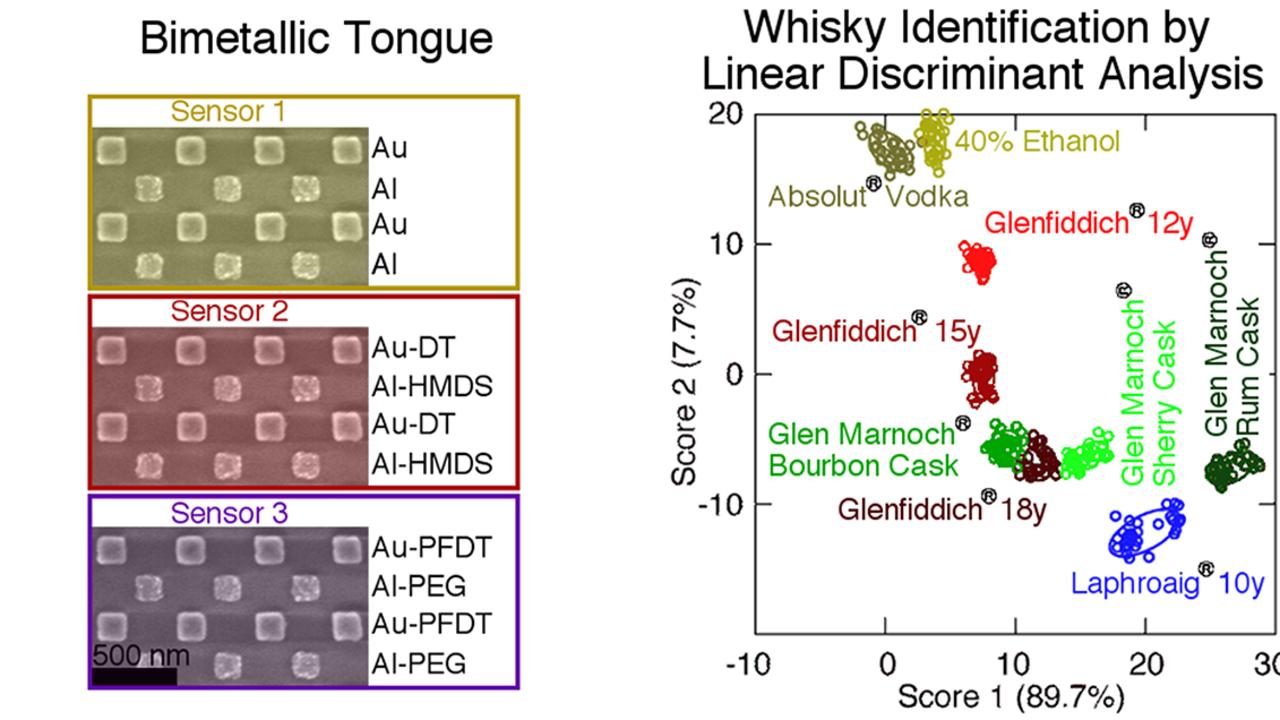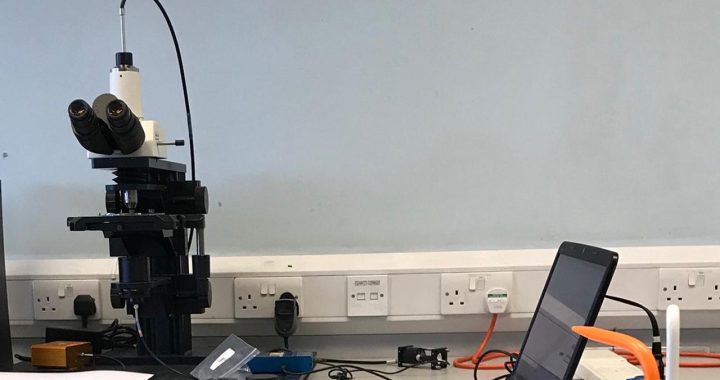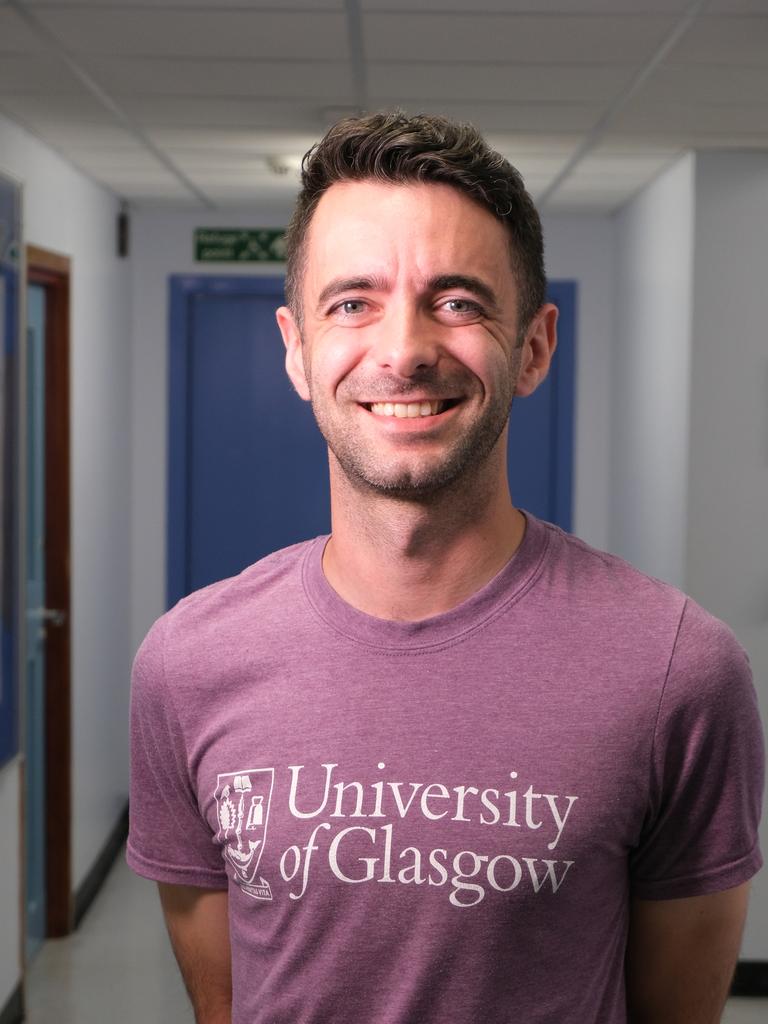Scottish scientists have developed an artificial tongue that distinguishes Scotch Whisky from inferior counterfeits. The technology could lead to the production of portable tongue devices that might not only save genuine alcohol producers, but lives as well.
The tongue has been developed to tackle what has been an epidemic in fake whiskies. Last year more than a third of vintage Scotch whiskies were found to be fake, according to a report by BBC News. Fake Scotch and Tequila have reportedly been on sale in Australia.
The University of Glasgow, in a statement, says it believes the tongue could be adapted to detect other imposter alcohols and has other uses such as food safety testing and quality control. Champagne that isn’t from France and fake Penfolds wine in China are other examples where artificial tongue testing could be deployed.
The researchers say the tongue’s ability to taste subtle differences between drams of whisky could help cut down on the trade in counterfeit alcohol. A dram is about 3.7ml.
“In addition to its obvious potential for use in identifying counterfeit alcohol, it could be used in food safety testing, quality control, security – really any area where a portable, reusable method of tasting would be useful.”

The study by the Scottish engineers has been published in the Royal Society of Chemistry’s journal Nanoscale.
The paper concludes that the research may lead to the production of portable tongue devices. “This new approach to artificial tongue design may spur the development of portable devices for applications in a point of care diagnostics, counterfeit detection in high-value drinks, environmental monitoring, and defense,” the paper says.
Portable tongues may in future play a role in regions where impurities in unregulated alcohol has been linked to deaths at tourist resorts, such as a string of deaths of US tourists recently in the Dominican Republic who all had drinks from a hotel minibar, although at this stage the link is inconclusive.
The artificial tongue consists of sub-microscopic slices of gold and aluminium arranged in a checkerboard pattern which act as ‘taste buds’.
The university says researchers poured samples of whisky over the “taste buds” which are about 500 times smaller than their human equivalents. They then measured how the taste buds absorbed light while submerged – the taste test.
The university says the tongue sampled whiskies from Glenfiddich, Glen Marnoch and Laphroaig.
“Statistical analysis of the very subtle differences in how the metals in the artificial tongue absorb light – what scientists call their plasmonic resonance – allowed the team to identify different types of whiskies,” it says.
The University says the tongue could taste the differences between the drinks with greater than 99pc accuracy. “It was capable of picking up on the subtler distinctions between the same whisky aged in different barrels, and tell the difference between the same whisky aged for 12, 15 and 18 years.”
Lead author Alasdair Clark, from the university’s School of Engineering, says the device is called an artificial tongue because it acts similarly to a human tongue.
“Like us, it can’t identify the individual chemicals which make coffee taste different to apple juice but it can easily tell the difference between these complex chemical mixtures,” he says.
“We’re not the first researchers to make an artificial tongue, but we’re the first to make a single artificial tongue that uses two different types of nanoscale metal ‘tastebuds’, which provides more information about the ‘taste’ of each sample and allows a faster and more accurate response.
“While we’ve focused on whisky in this experiment, the artificial tongue could easily be used to ‘taste’ virtually any liquid, which means it could be used for a wide variety of applications.”
Published in The Australian newspaper.

